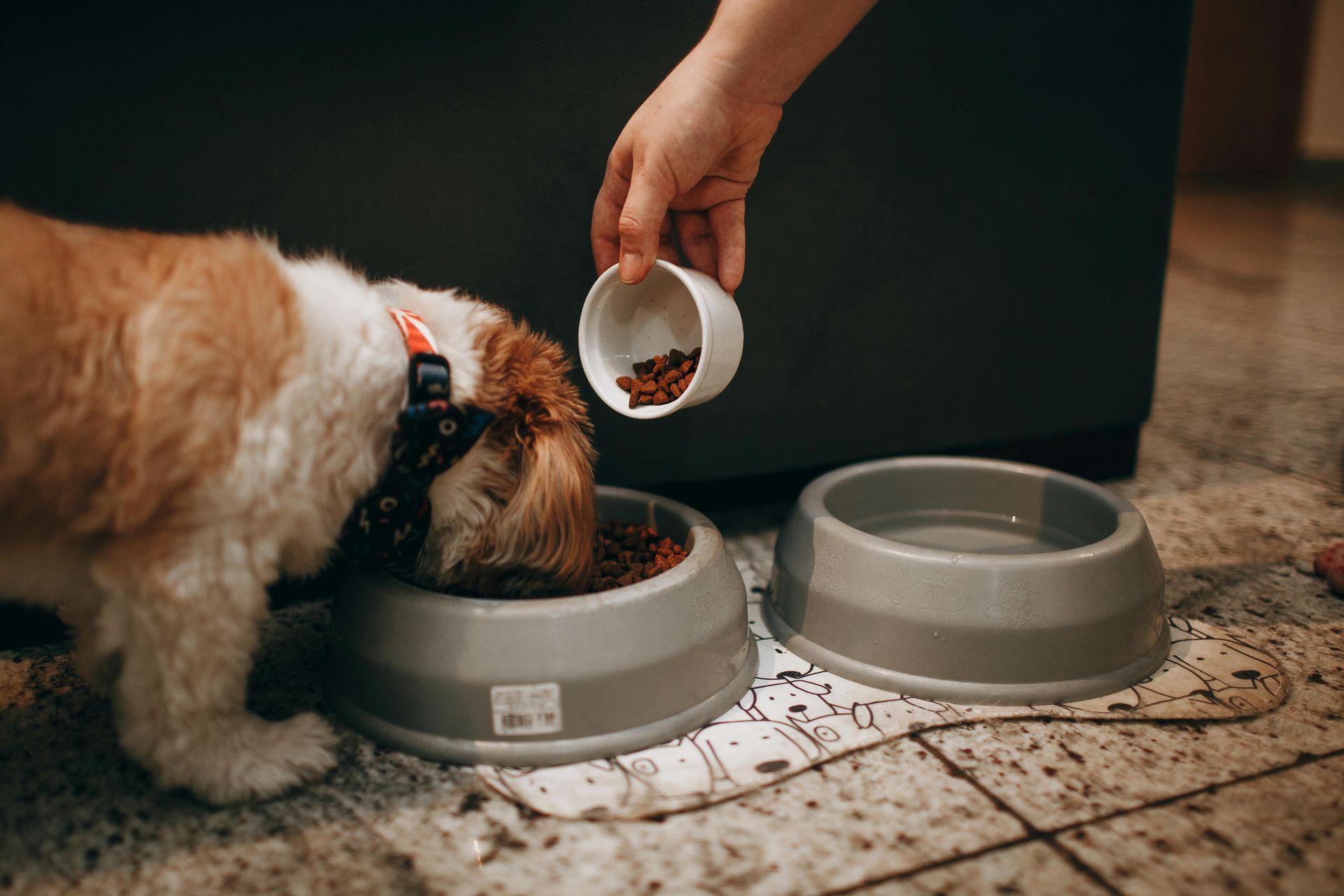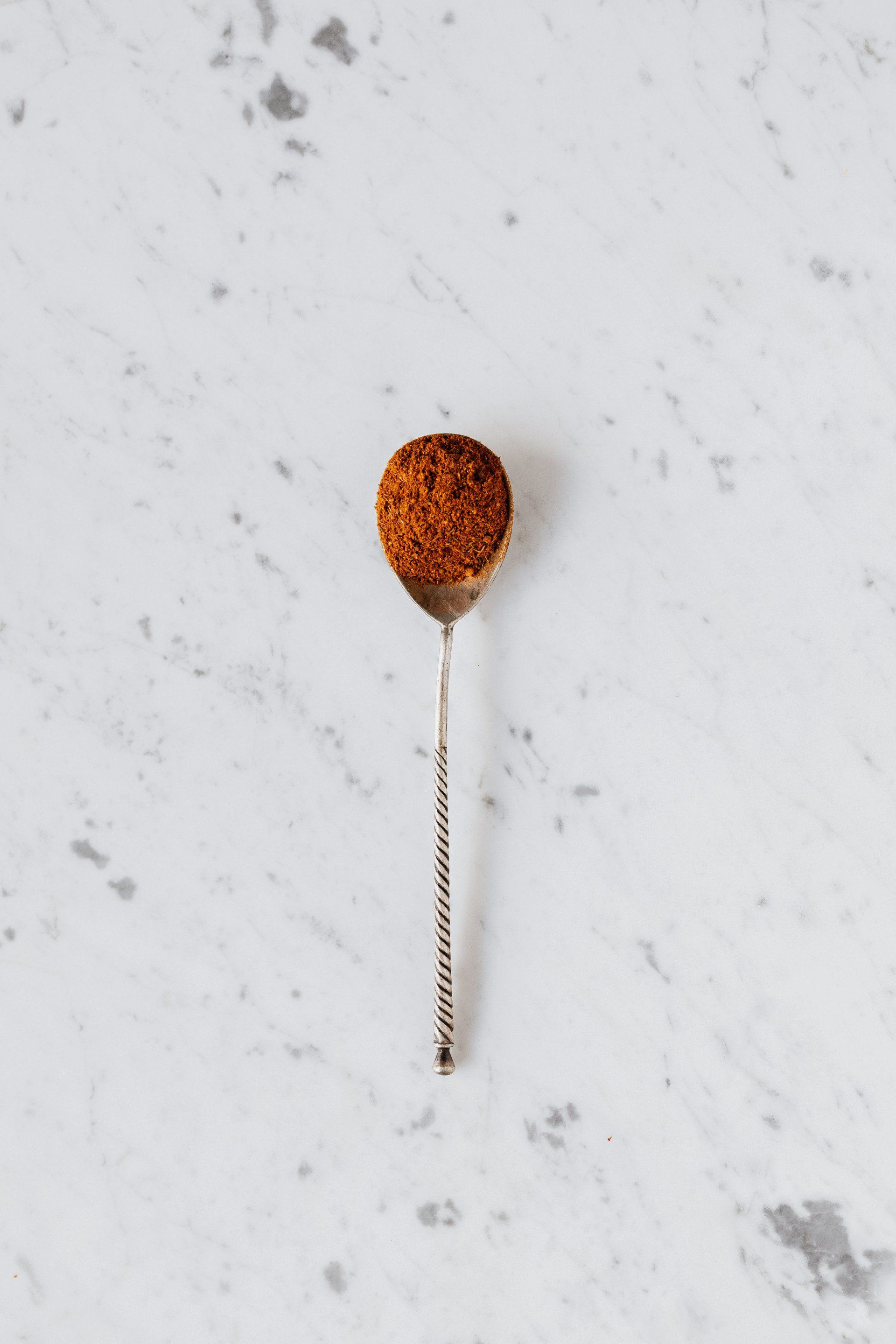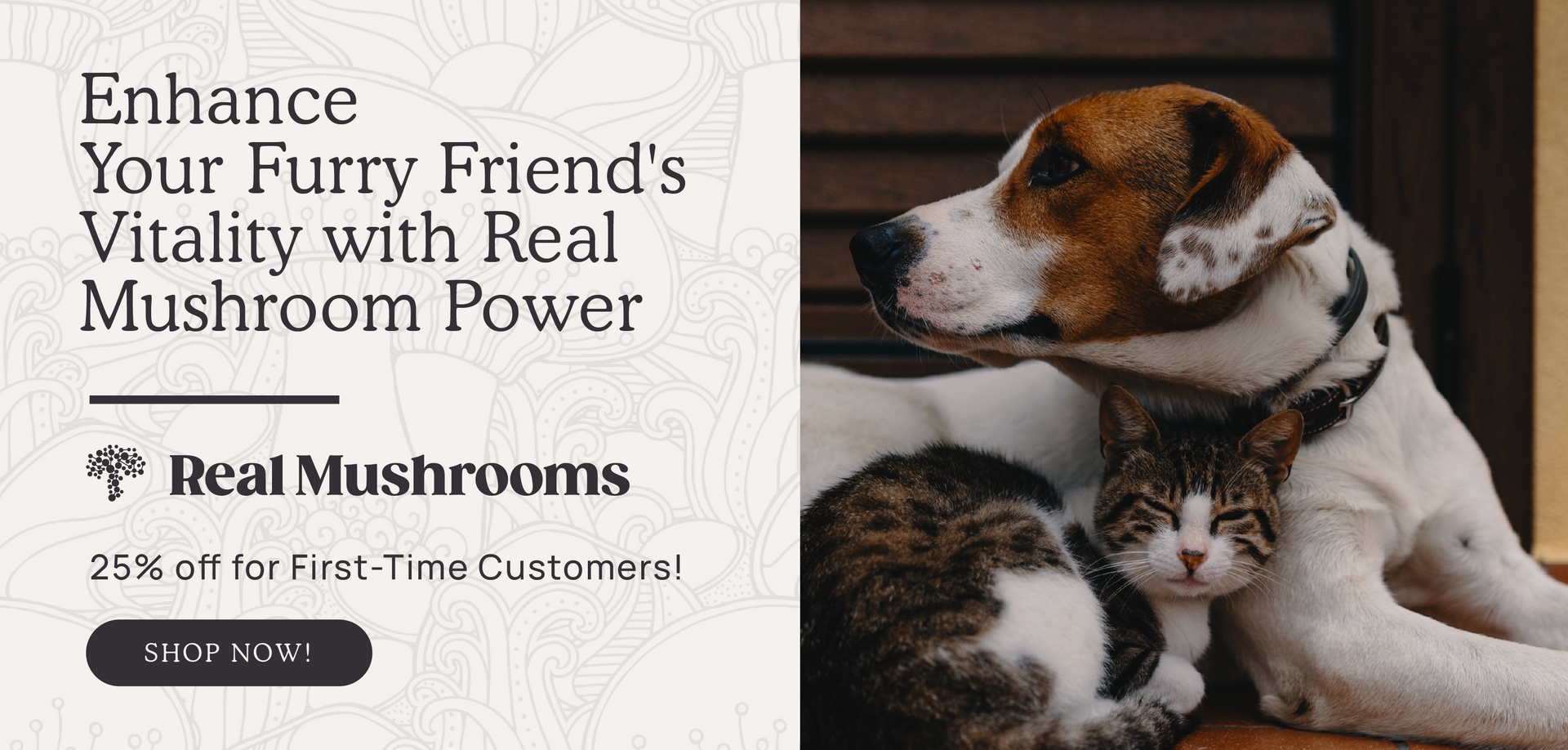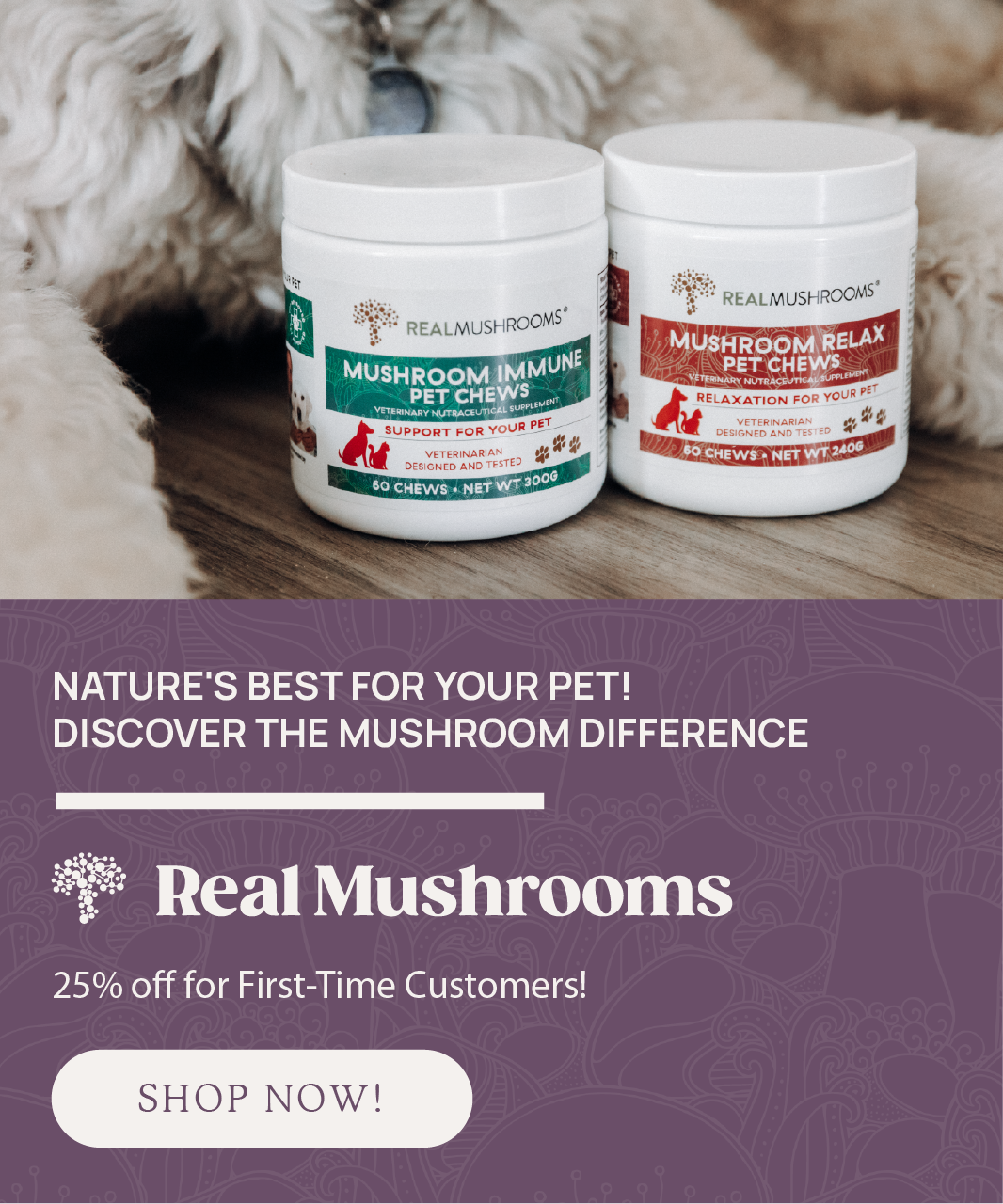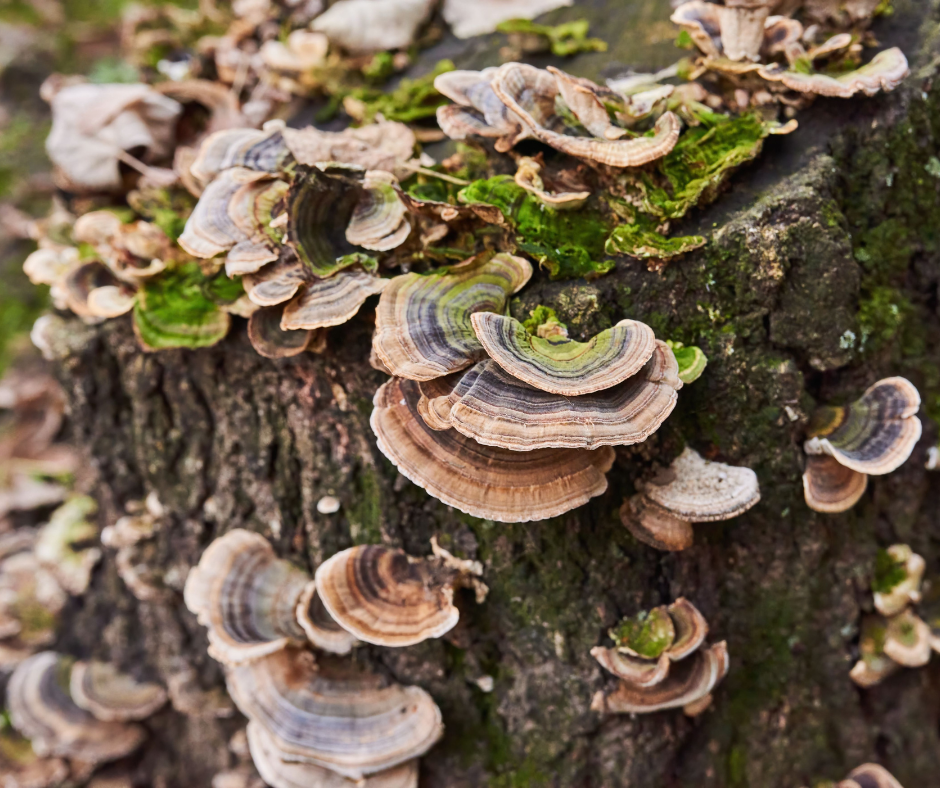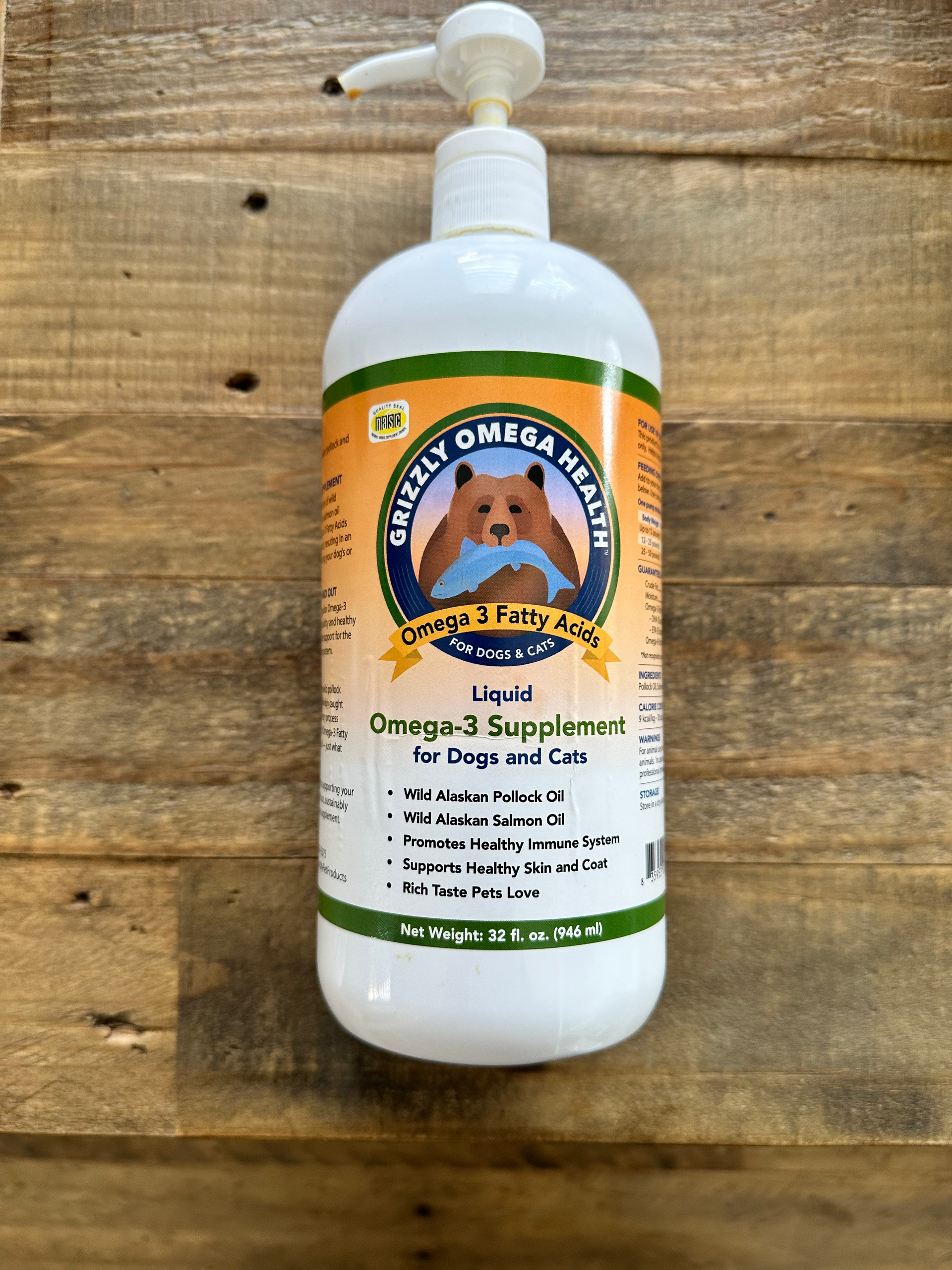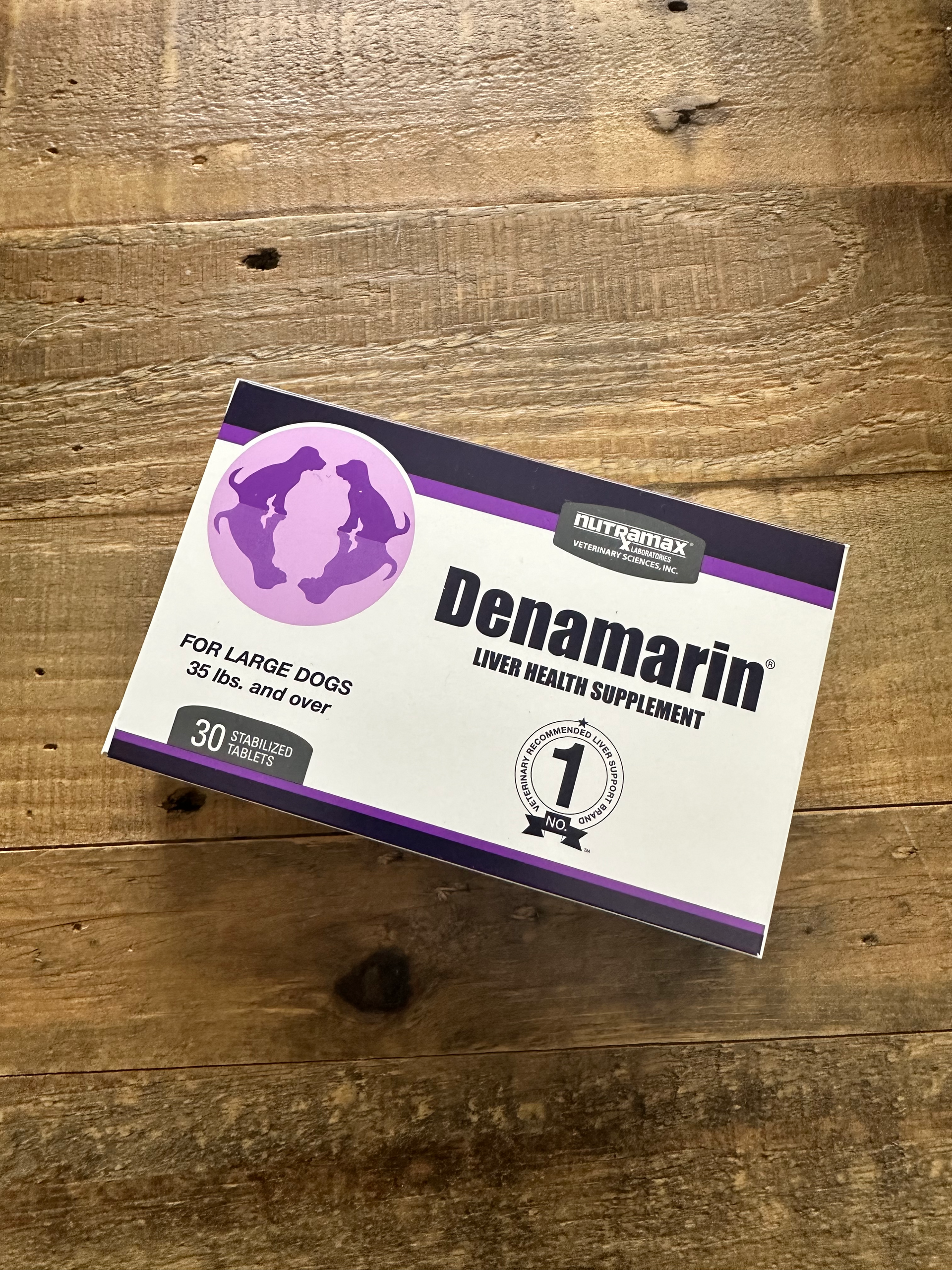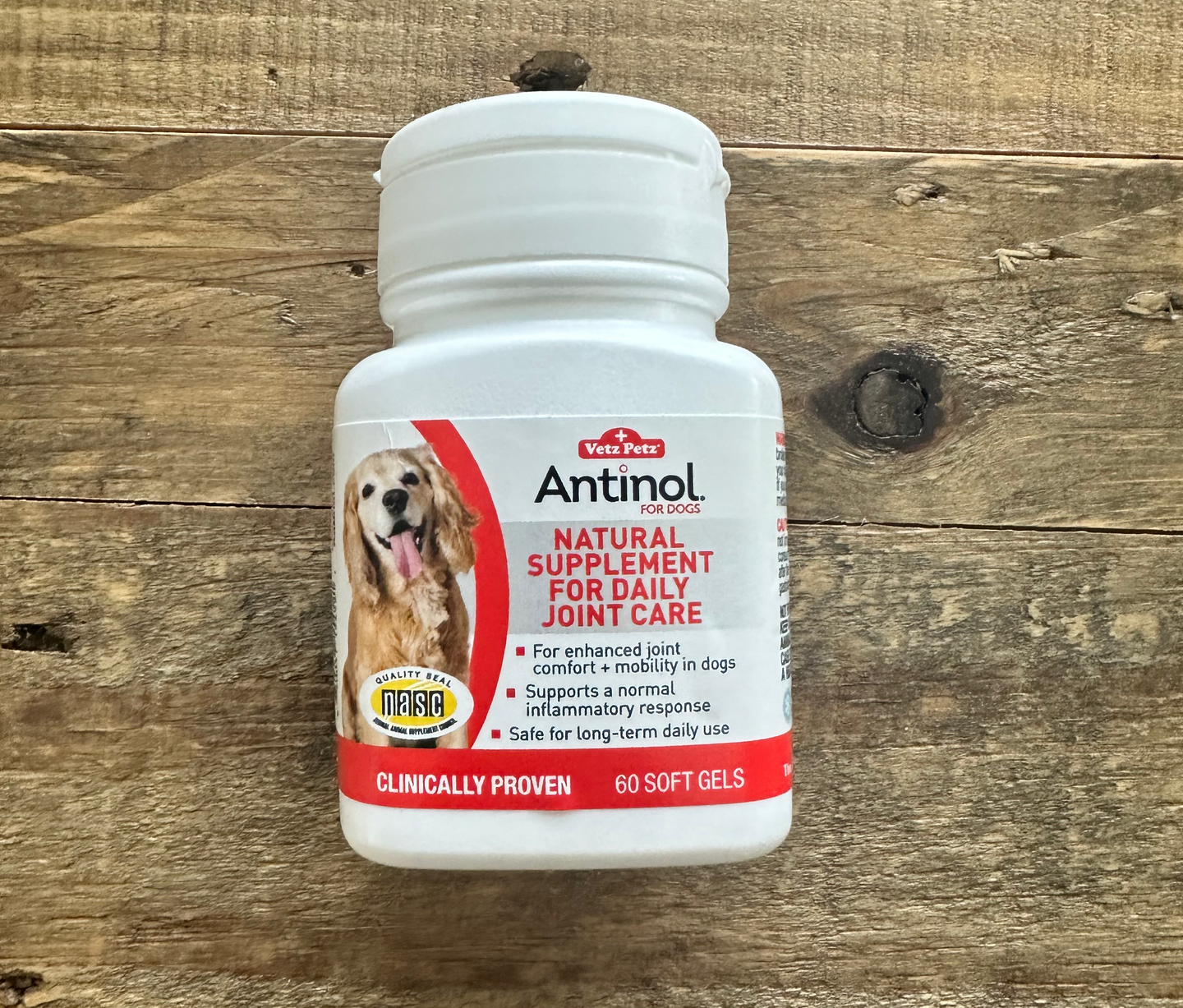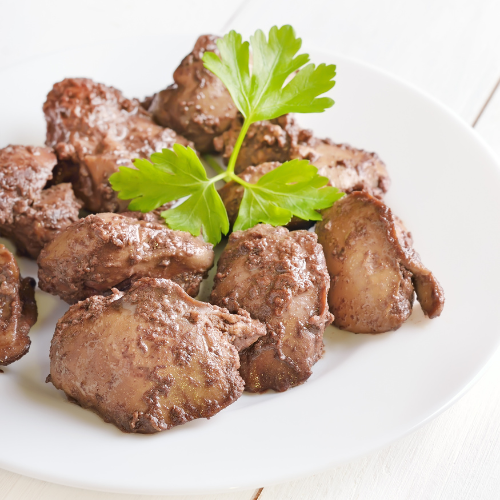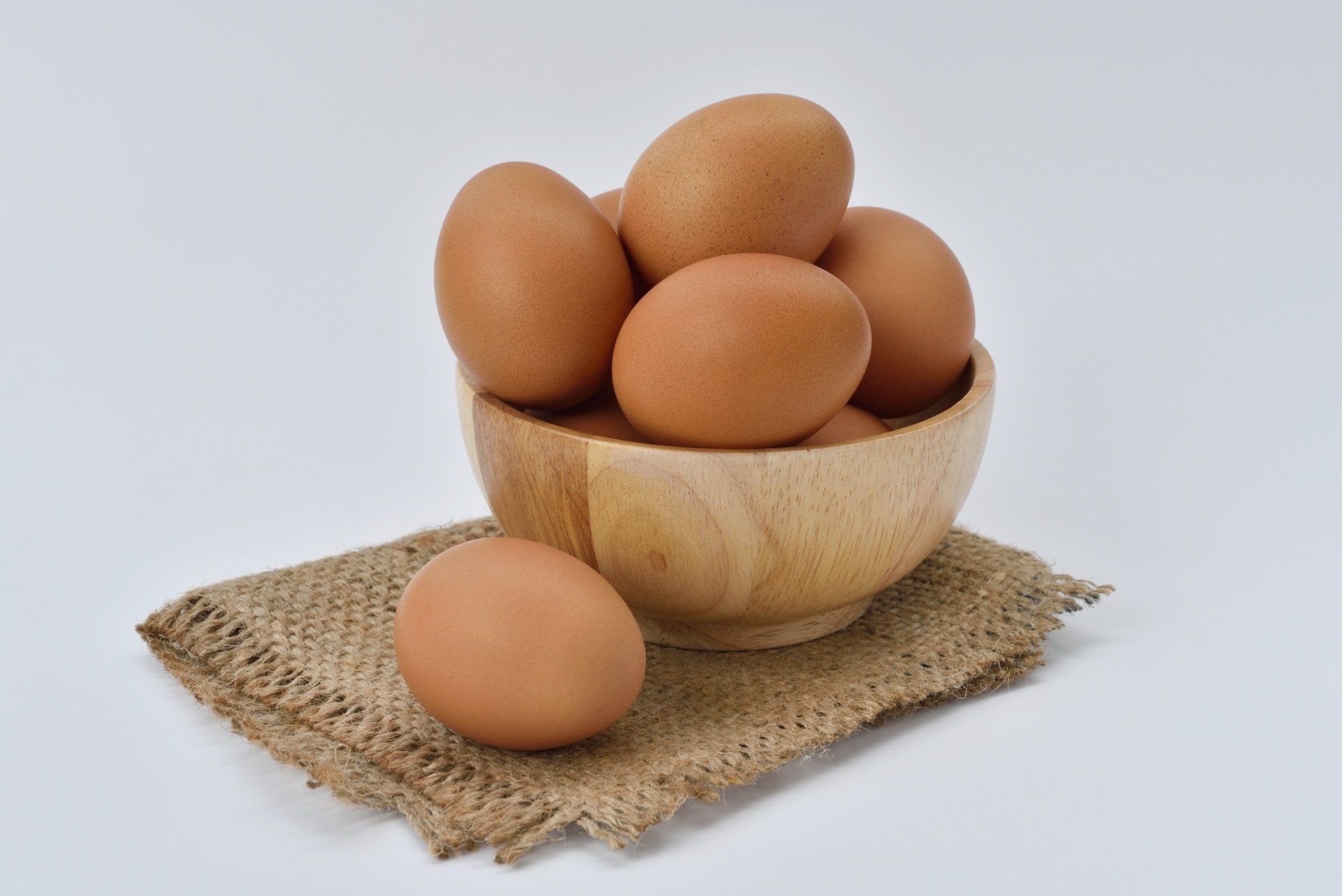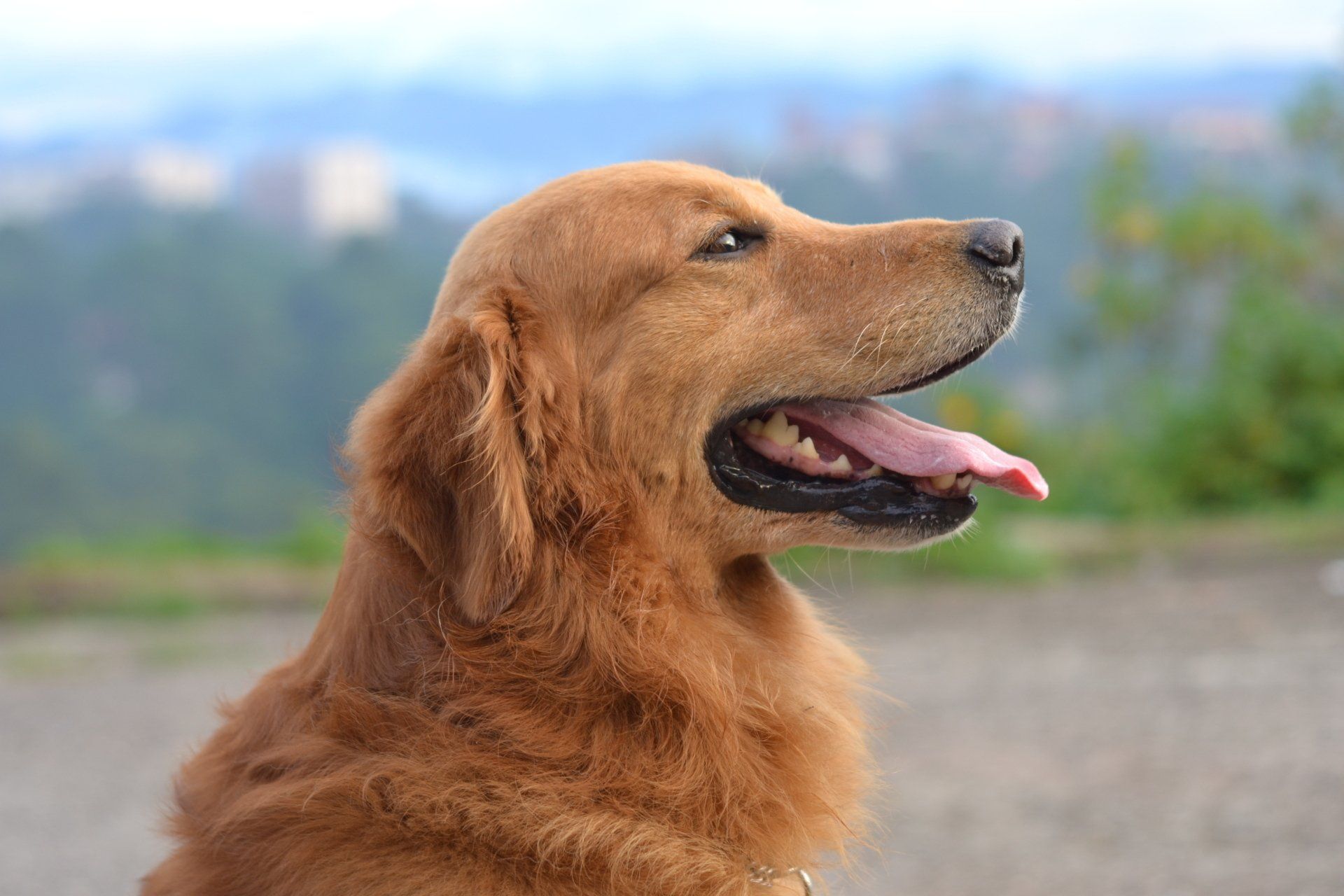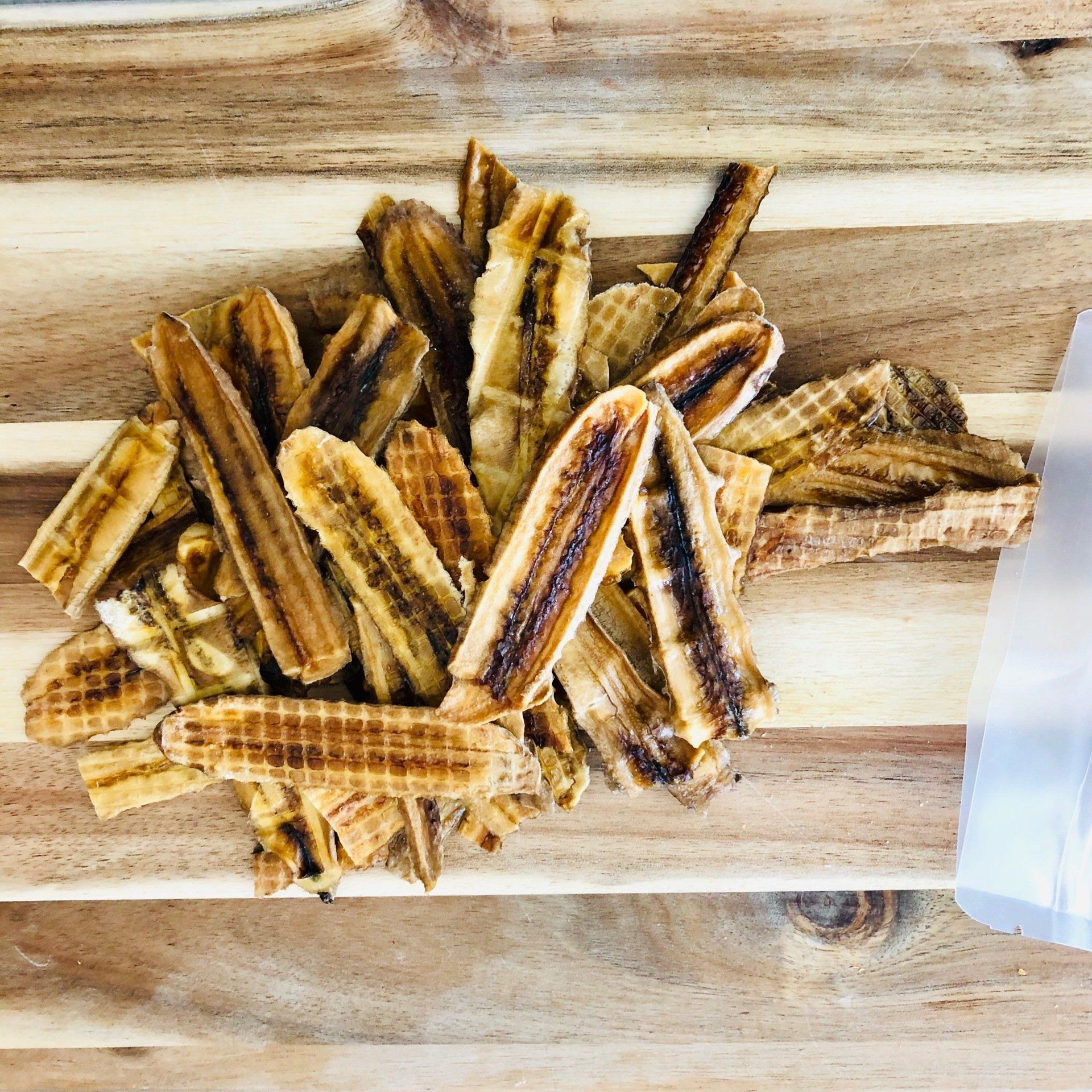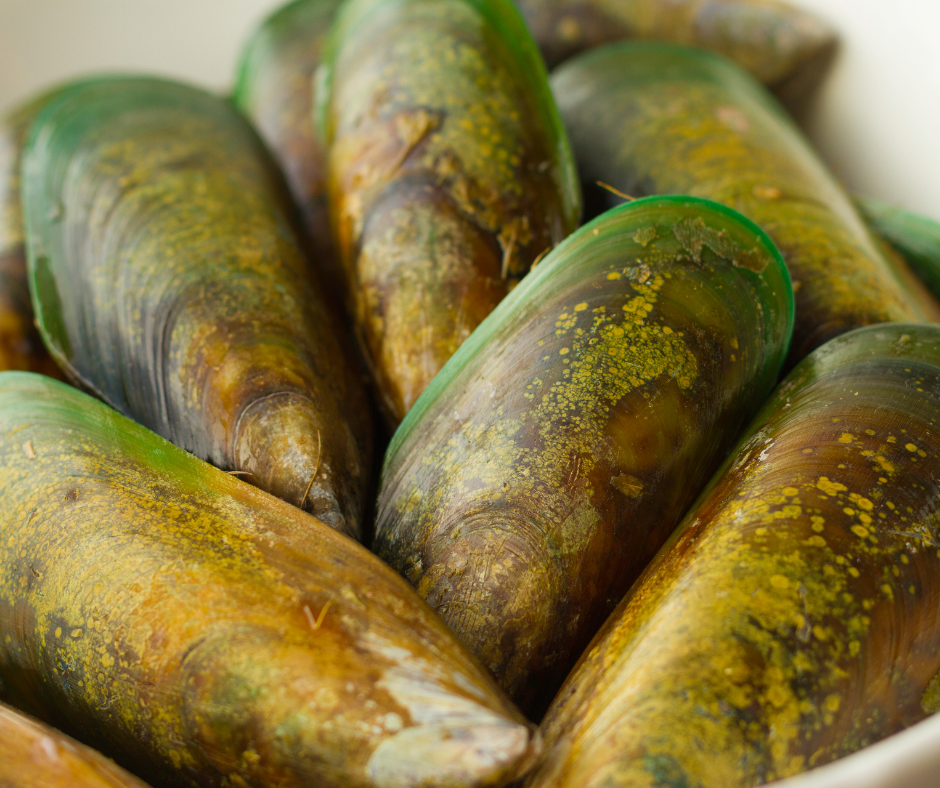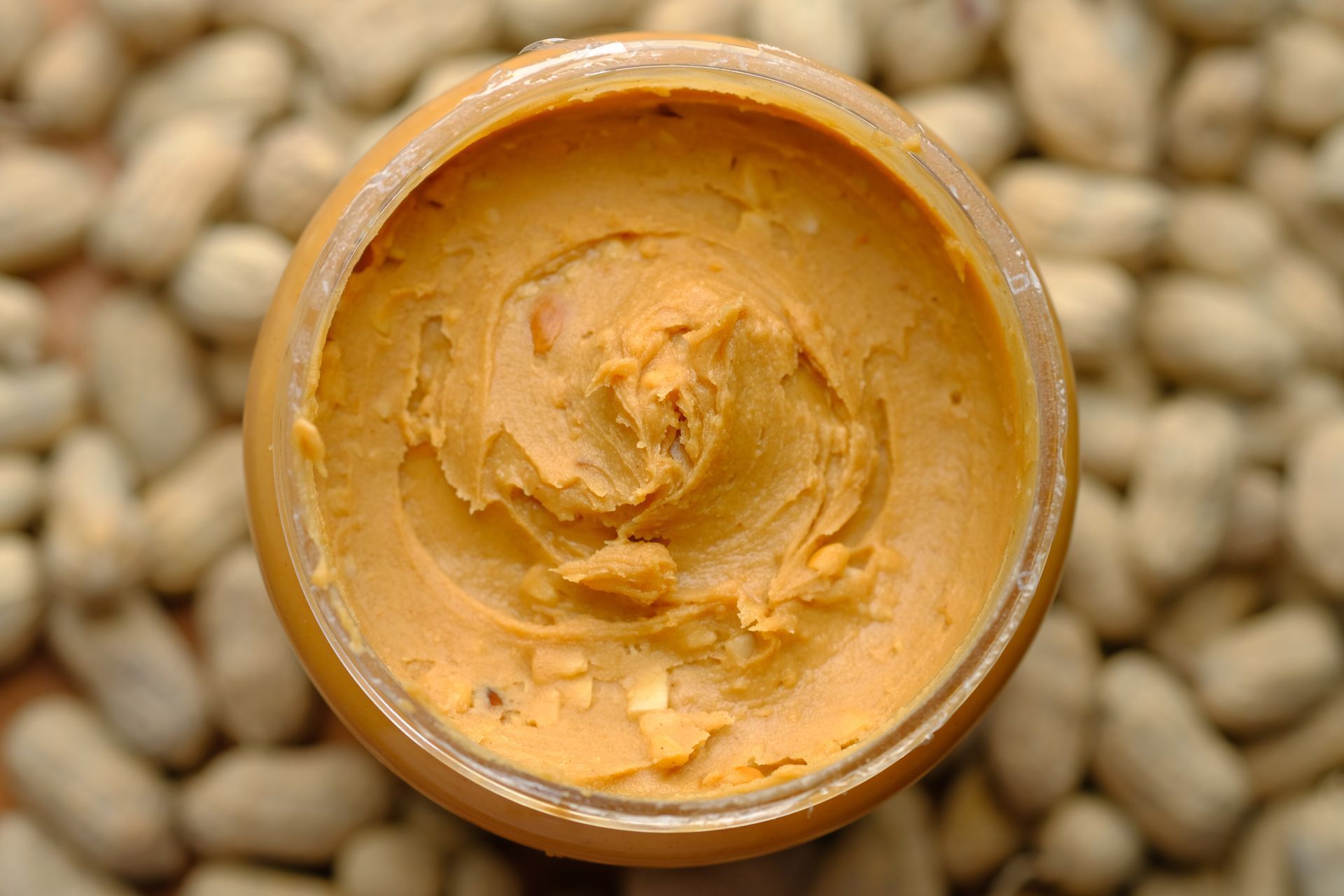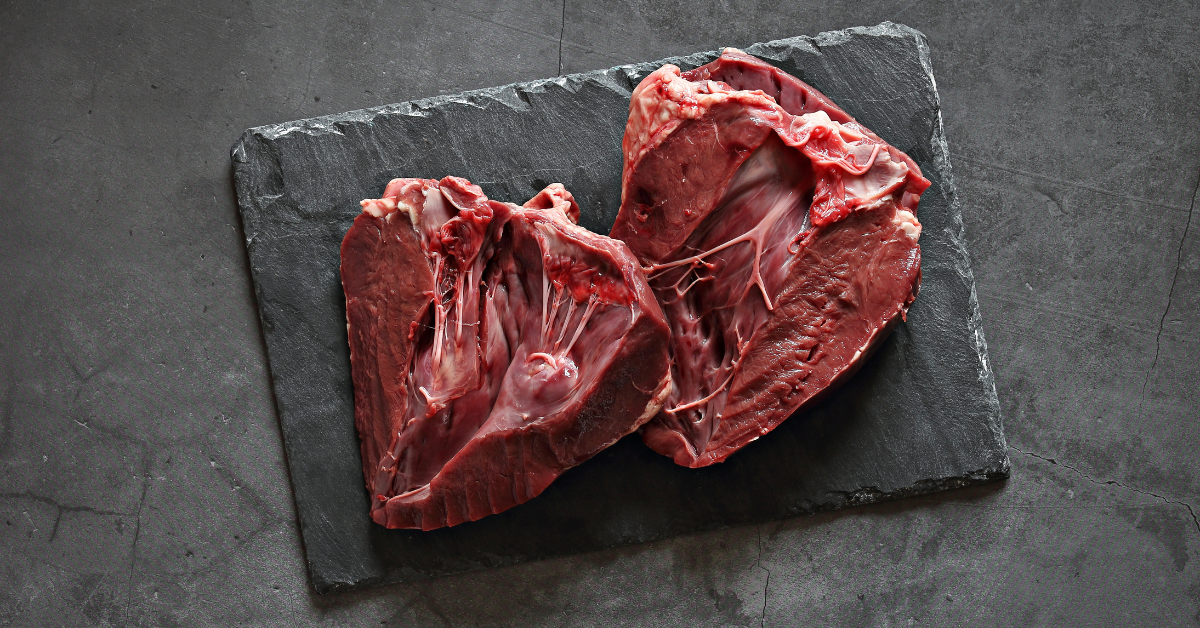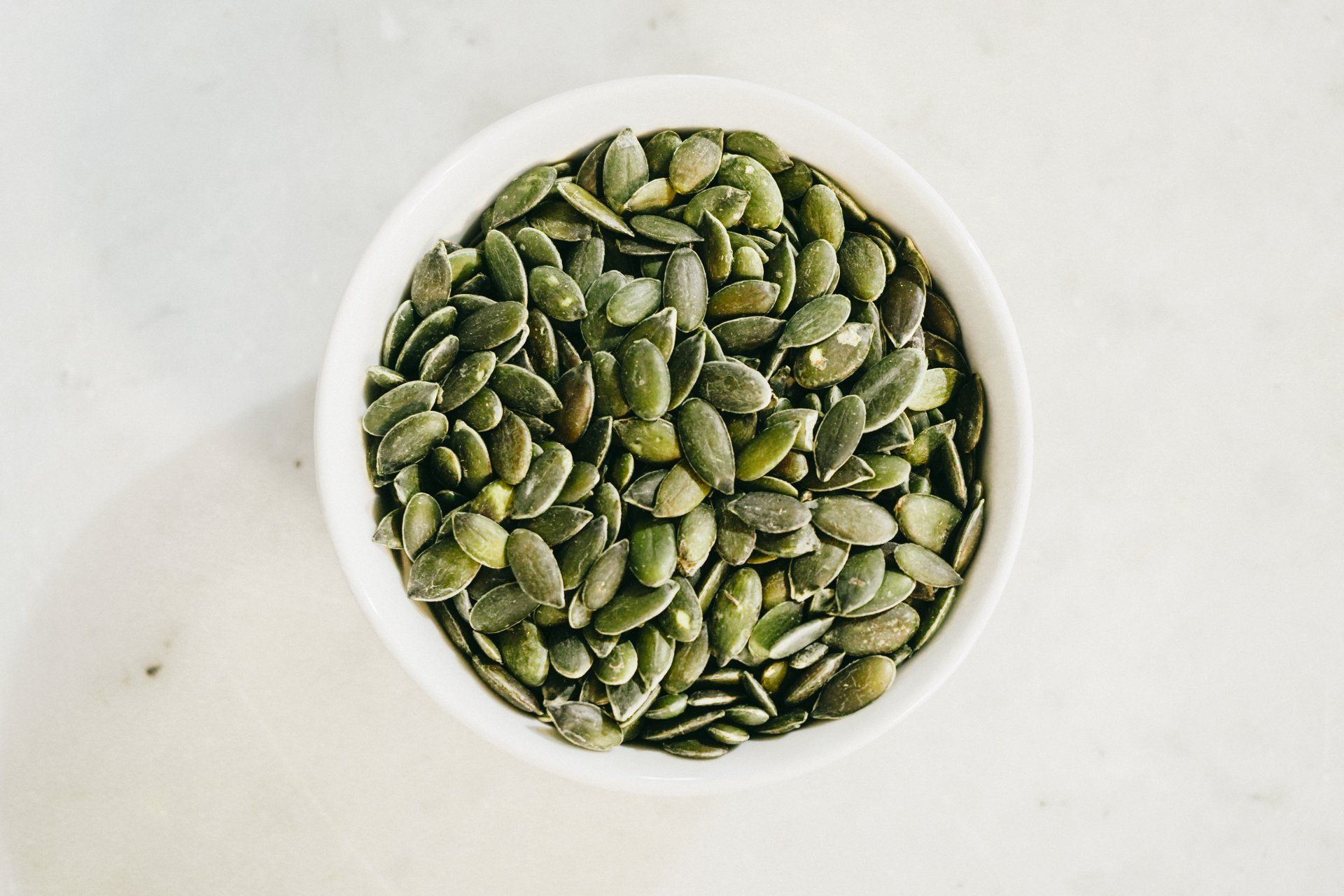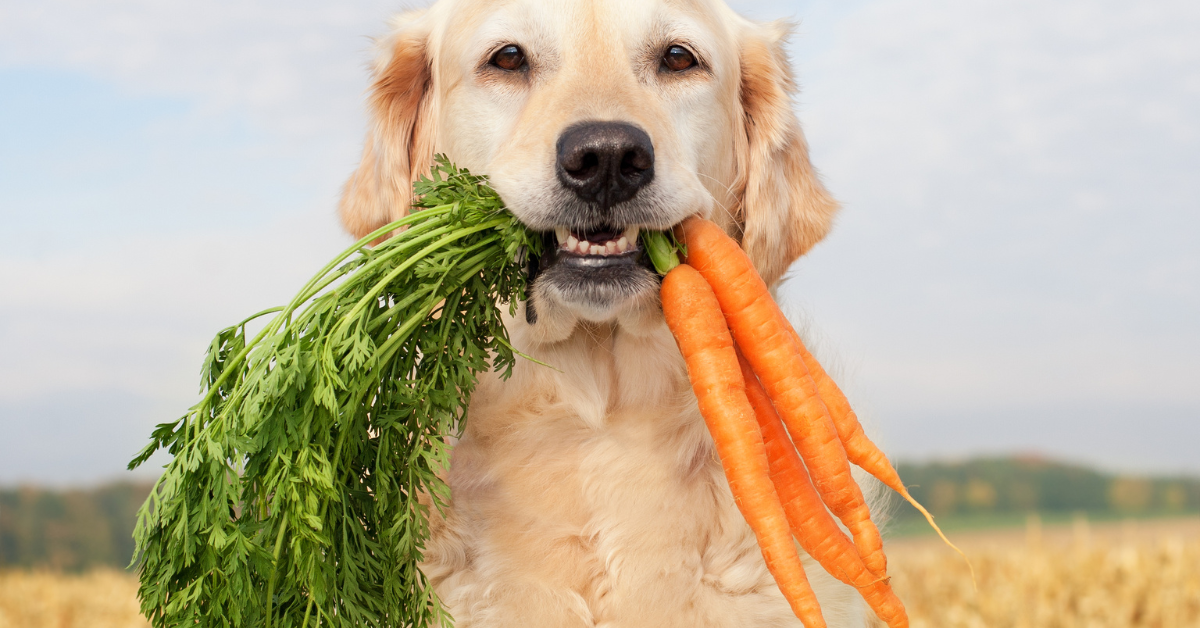Grain-Free Dog Food: Is It the Best Choice for Your Dog?
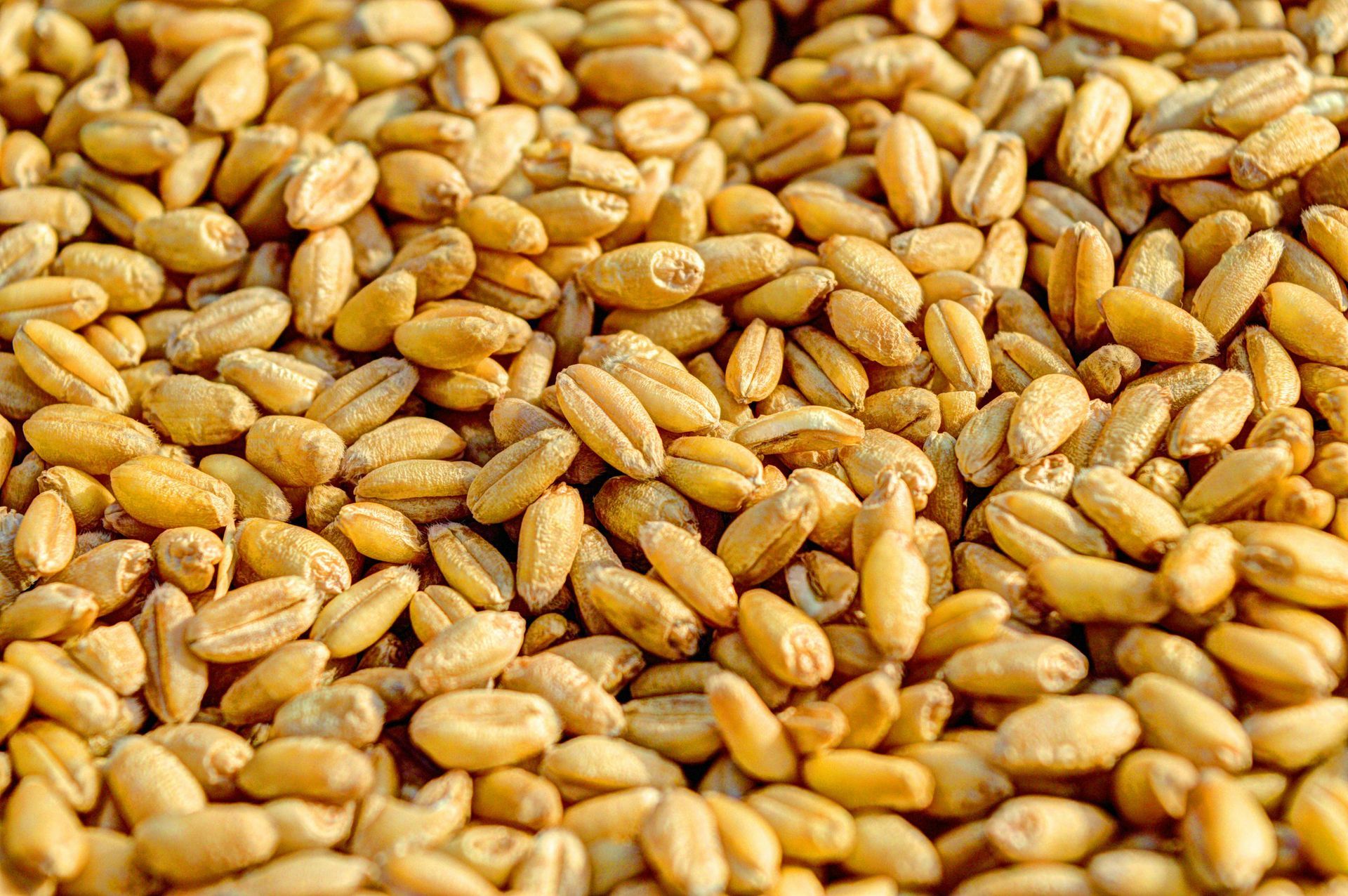
This page may contain affiliate links, and we may earn a commission, referral fee, or compensation. Please read our Disclaimer.
Advertisement
Recent Posts
Introduction
The trend of grain-free dog food has been gaining popularity in recent years, fueled by the belief that it offers superior nutrition and health benefits. However, this trend has also sparked considerable controversy, particularly following investigations into a potential link between certain grain-free diets and a heart condition known as dilated cardiomyopathy (DCM). This article will delve into the complex topic of grain-free dog food, examining the pros and cons, addressing the controversy surrounding DCM, and providing guidance for pet owners seeking to make informed decisions about their dog's diet.
What is a Grain-Free Diet for Dogs?
A grain-free diet for dogs is formulated without grains such as wheat, corn, and rice. These grains are commonly used as fillers and carbohydrates in traditional dog food. Instead, grain-free diets rely on alternative carbohydrate sources, including:
- Vegetables: Sweet potatoes, potatoes, carrots, and peas are common vegetables used in grain-free dog food.
- Legumes: Lentils, chickpeas, and beans can provide protein and carbohydrates.
- Fruits: Fruits like blueberries and apples can be added for nutritional benefits.
- Pseudo-Grains: Quinoa, amaranth, and buckwheat are often used as grain substitutes in grain-free diets.
Why are People Considering a Grain Free Diet for their Dog?
The trend toward grain-free dog food has been steadily increasing in recent years. Several factors contribute to this popularity:
- Allergy Concerns: Many pet owners believe that grains can contribute to allergies or sensitivities in dogs. Grain-free diets offer a potential solution for dogs experiencing symptoms such as itchy skin, digestive issues, or ear problems.
- Nutritional Beliefs: Some people believe that grains are not a natural part of a dog's diet and may not be as easily digestible as alternative carbohydrate sources. They argue that grain-free diets provide a more natural and nutritious option for their canine companions.
- Marketing and Branding: Grain-free dog food is often marketed as a premium or natural product, appealing to pet owners who prioritize high-quality nutrition. The branding and packaging of these products often emphasize their health benefits and premium ingredients.
- Health Trends: The overall trend towards healthier eating habits for both humans and pets has contributed to the popularity of grain-free diets. Many pet owners are seeking diets that align with their own health goals and preferences.
The DCM Controversy
In recent years, grain-free diets have come under scrutiny due to their association with a rare heart condition called dilated cardiomyopathy (DCM). This condition involves the enlargement of the heart muscle, leading to decreased heart function. Several studies have reported an increased incidence of DCM in dogs fed certain grain-free diets, particularly those containing high levels of pea protein or lentil protein.
The U.S. Food and Drug Administration (FDA) has been investigating this potential link since 2018. While the exact cause of DCM remains a subject of ongoing research, the FDA has identified a potential association between the condition and diets containing a high proportion of legumes, such as peas and lentils. It's important to note that this association is not definitive, and other factors, such as genetics or underlying health conditions, may also play a role in the development of DCM.
Debunking the Controversy: The Role of Legumes in Grain-Free Diets
One of the primary reasons for the controversy surrounding grain-free diets is the high protein content often associated with these products. Many pet owners assume that this high protein content is derived from high-quality meat sources. However, in some cases, manufacturers may use legumes, such as peas and lentils, to boost the protein content of their grain-free diets.
While legumes can be a nutritious source of protein, excessive amounts can be problematic. Studies have linked high levels of pea protein to an increased risk of dilated cardiomyopathy (DCM) in dogs. This heart condition can be fatal if left untreated.
Therefore not all grain-free diets are harmful. The key lies in understanding the ingredients and their quality. A high-quality grain-free diet should be primarily composed of real meat as the protein source, with legumes used in moderation. The ingredient list should clearly indicate the specific meat sources and the types of legumes used.
Key Takeaways:
- Legumes Can Boost Protein Content: While legumes can be a good source of protein, excessive amounts can be harmful.
- Quality Matters: The quality of the ingredients, especially the protein source, is crucial in a grain-free diet.
- Read Labels Carefully: Pay attention to the ingredient list to determine the primary protein source and the amount of legumes used.
- Avoid Excessive Legumes: Opt for grain-free diets that use a variety of protein sources and limit the amount of legumes.
By carefully evaluating the ingredients and understanding the potential risks associated with excessive legume consumption, dog owners can make informed decisions about grain-free diets and ensure the well-being of their canine companions.
Selecting a High-Quality Grain-Free Dog Food: A Guide
Ingredients in dog food are listed in descending order by weight. This means that the first few ingredients make up the majority of the product. When selecting a grain-free diet, look for:
- Meat as the Primary Ingredient: The first few ingredients should be high-quality meat sources, such as chicken, beef, or fish. Avoid products that list meat by-products or unspecified meat sources.
- Whole, Natural Carbohydrates: Look for whole, natural carbohydrate sources like sweet potatoes, potatoes, or lentils. Avoid processed ingredients or fillers.
- Avoid Unnecessary Additives: Be wary of products that contain excessive amounts of artificial additives, preservatives, or fillers.
Red Flags to Watch For
- Vague Ingredient Descriptions: Avoid products with vague terms like "meat by-products" or "animal protein." Look for specific meat sources.
- Excessive Fillers: Be cautious of diets that contain excessive amounts of fillers.
- Unnatural Ingredients: Avoid products that contain artificial colors, flavors, or preservatives.
- Excessive Legumes: While legumes can be a nutritious ingredient, excessive amounts of pea protein or lentil protein have been linked to health issues.
Researching Manufacturers
To gain a deeper understanding of a specific brand, visit their website and look for the following:
- Ingredient Sourcing: Learn where the company sources its ingredients and if they have quality control measures in place.
- Manufacturing Processes: Understand how the food is produced, including any cooking or processing methods used.
- Customer Reviews: Read customer reviews to get insights into the quality and effectiveness of the product.
- Nutritional Information: Look for detailed nutritional information, including the guaranteed analysis and calorie content.
- Contact Information: Contact the manufacturer directly if you have any questions or concerns about their products.
Additional Tips
- Consult with Your Veterinarian: Before making any significant changes to your dog's diet, consult with your veterinarian. They can provide personalized advice based on your dog's specific needs and health history.
- Consider Your Dog's Preferences: While nutritional factors are important, don't forget to consider your dog's taste preferences. A diet that your dog enjoys is more likely to be consumed regularly.
- Try Different Brands: If you're not satisfied with the first grain-free food you try, don't be afraid to experiment with different brands and formulas.
By following these guidelines and conducting thorough research, you can select a high-quality grain-free dog food that meets your dog's nutritional needs and supports their overall health and well-being.
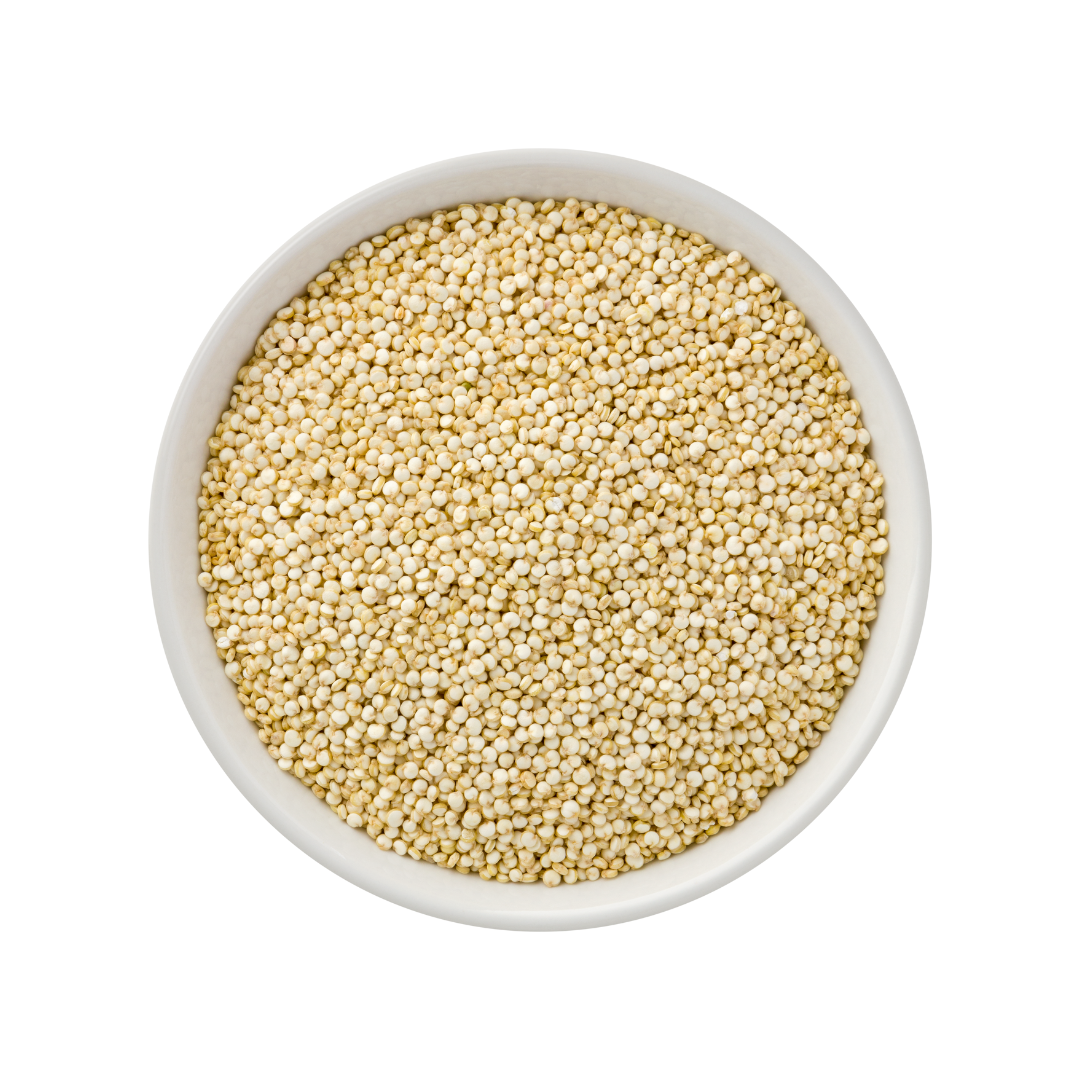
More from the Blog
Join Our Newsletter
Join our Newsletter
We will get back to you as soon as possible.
Please try again later.


